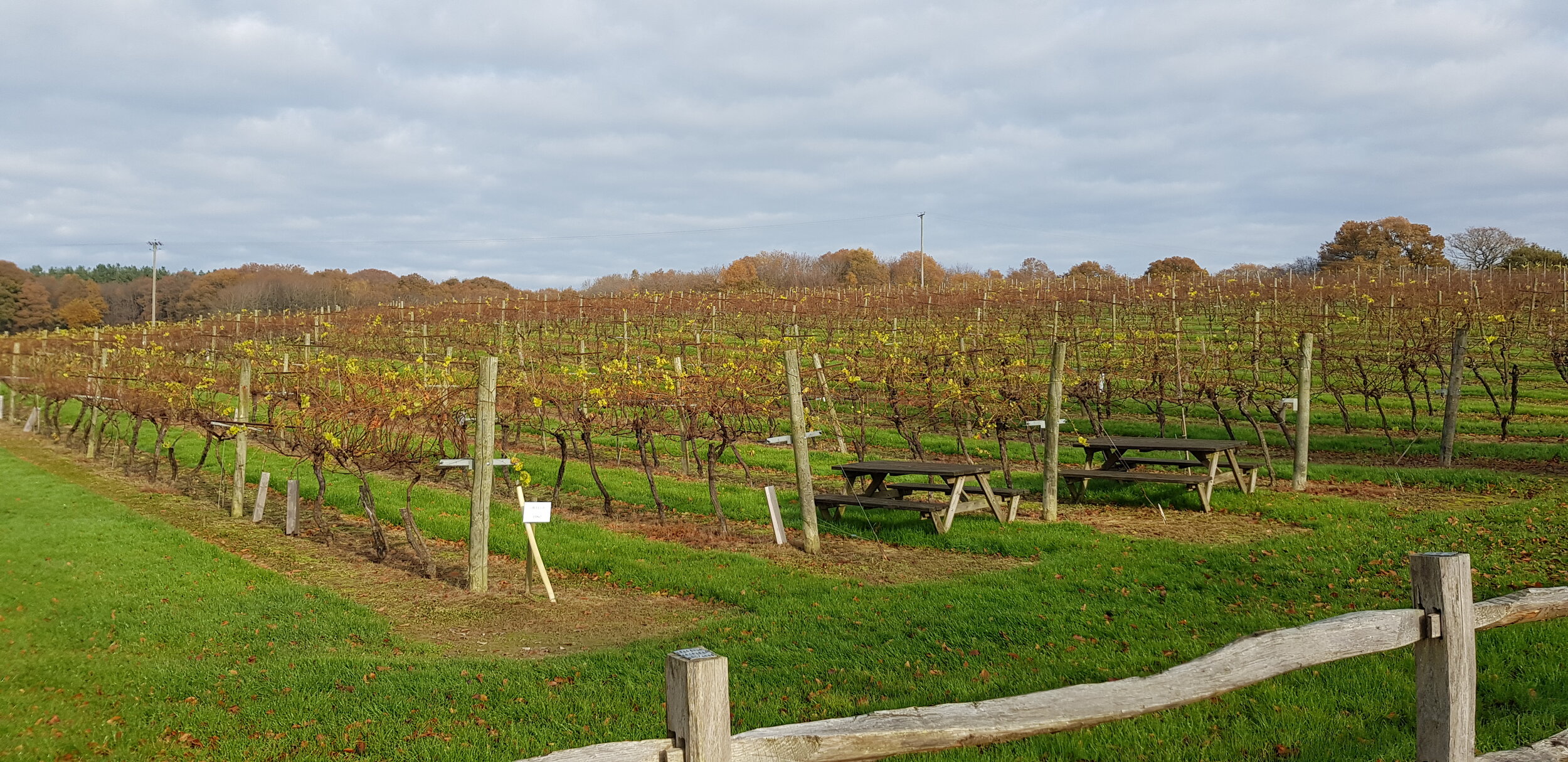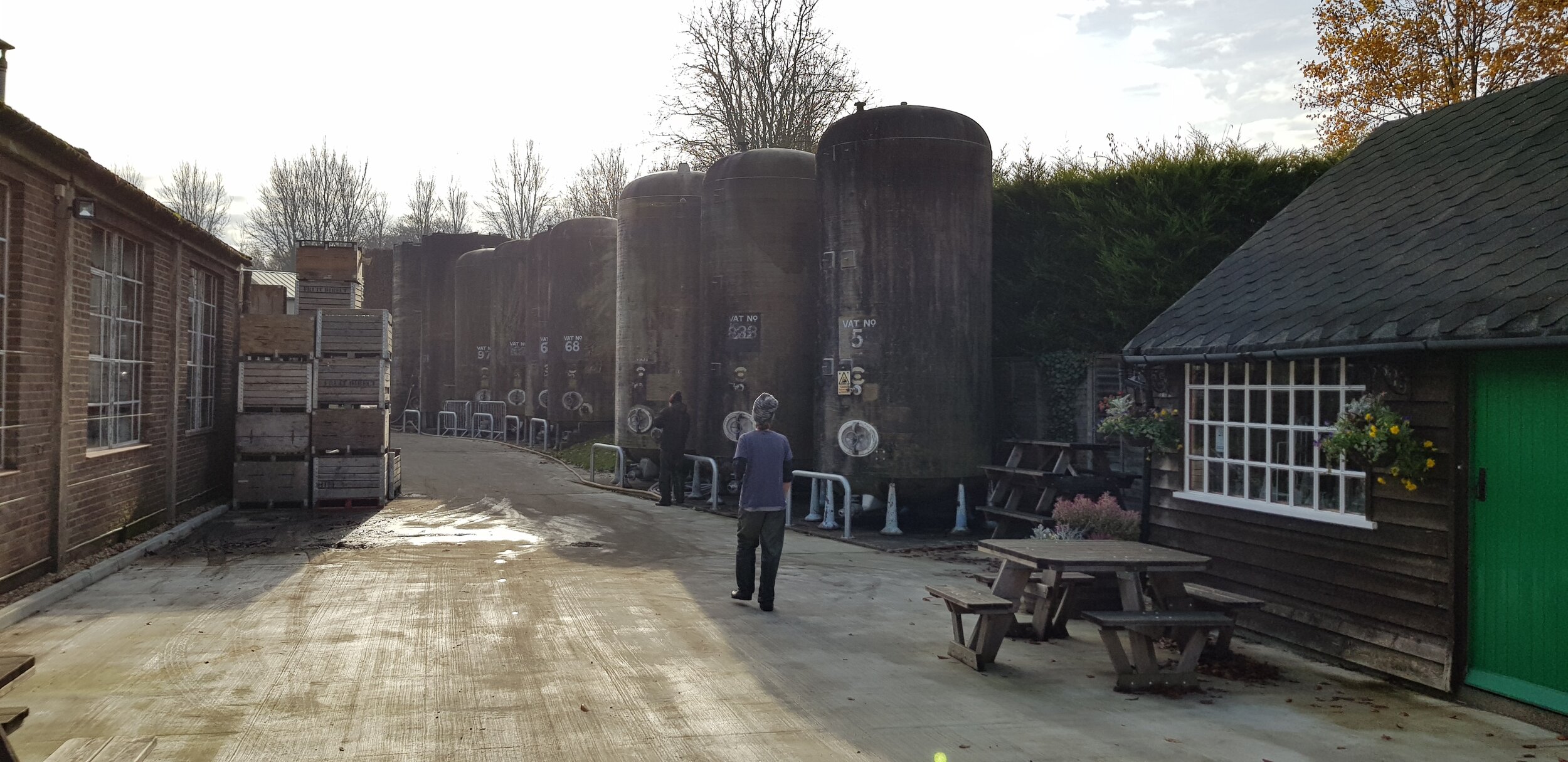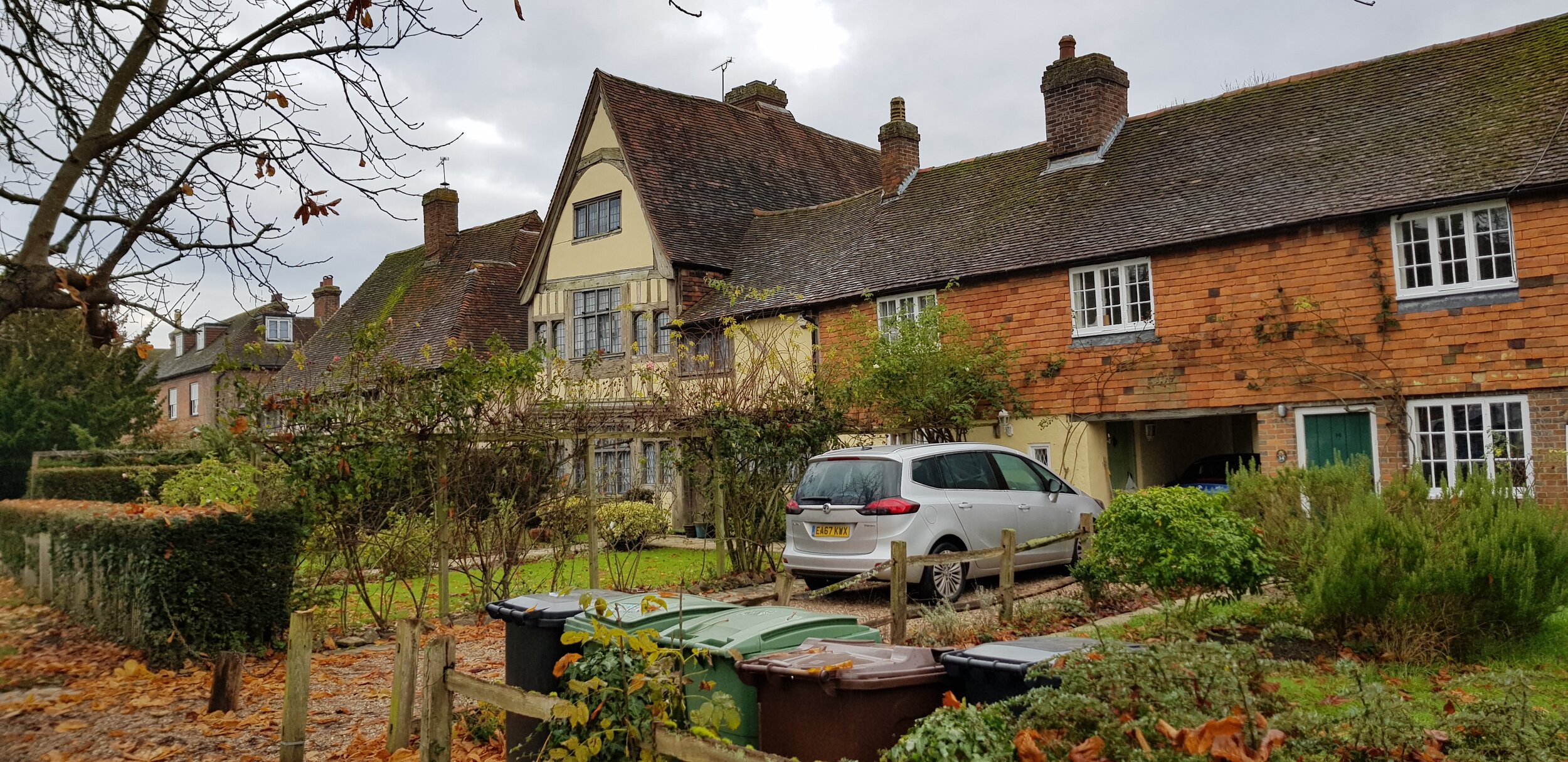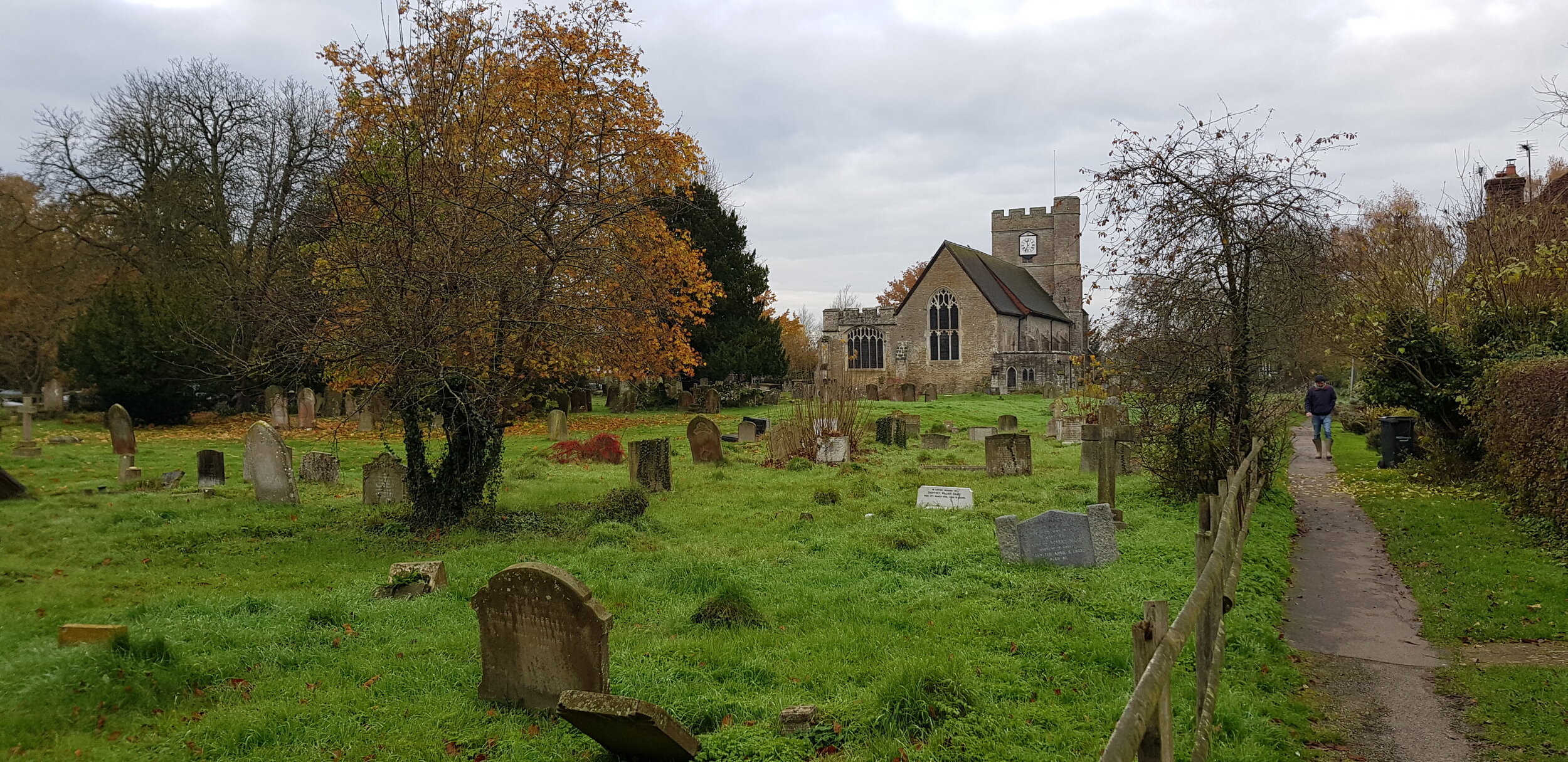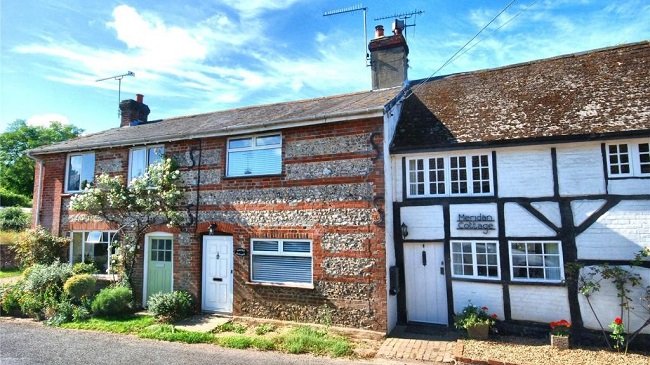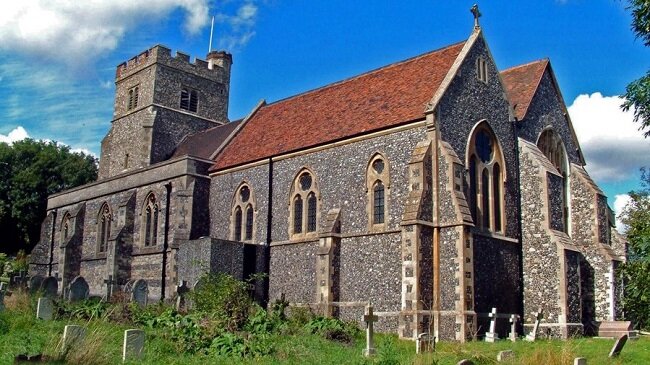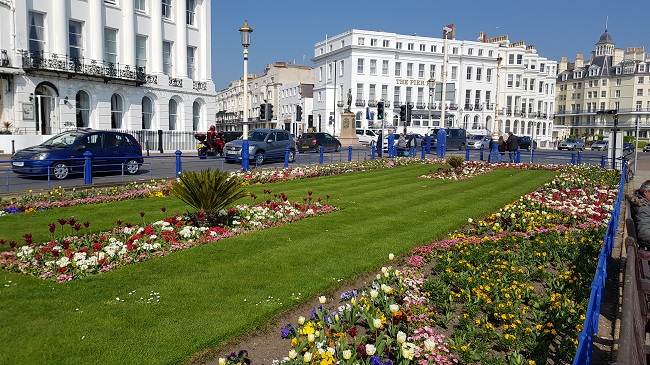Headcorn, Biddenden and Tenterden
Today, Mrs P and I once again travelled into both Kent and East Sussex in the pursuit of leisure as well as research for a potential future move. As ever it was a very entertaining day and a pleasure to explore these outlying areas of South East England. I suspect that this will be our last such excursion in 2019, as the weather is now quite cold and wet. Also this time of year frequently comes with numerous other social obligations that monopolise our time. Yet despite the biting cold, the day remained dry but overcast. We managed to do some exploring on foot, although the temperature meant that we stayed as inside as much as we could. However, many of the places or interest are still open even this late in the year and the local shops are also of note. After visiting three locations we returned to the village of Sedlescombe where we had previously enjoyed a most pleasant lunch at the Queen’s Head pub. Second time around proved just as pleasant.
The first stop of the day was the village of Headcorn in the borough of Maidstone in Kent. The area has been settled since Neolithic times and there is evidence that the land was farmed in the Iron Age. There is an imposing parish church, dedicated to saints Peter and Paul. It was initially constructed in the 13th century and is mainly built from Bethersden marble. There is well maintained churchyard that contains a number of Grade II listed 18th-century table tombs. The High Street that runs through the majority of the village boasts a variety of local shops and terraces of medieval cottages. Then there are several examples of traditional 15th-century architecture such as Wealden hall house, the Cloth Hall and Shakespeare House. Like so many rural settlements the increase in traffic has become a major problem in recent years. There is currently a lobby for a relief road to alleviate the volume of cars and trucks that congest the village centre.
We then moved on to Biddenden, which is a large, mostly agricultural and wooded village in the borough of Ashford in Kent. In keeping with that tradition, this former Saxon settlement now has a vineyard among its various horticultural activities. Kent has a warmer climate compared to the rest of the UK and has earned the title of “the garden of England”. Hence it has a more diverse agricultural base compared to other regions. The weather combined with the limestone soils means that it can sustain vineyards. English wines are a growing market and Biddenden Vineyards have been at the forefront of that growth for the past 50 years. This family run business started off as a 40-acre apple orchard but in 1969 one third of an acre of vines were planted. This has grown over the decades to 23 acres on the south facing slopes the sheltered valley. 11 varieties of grape are now cultivated producing 80,000 bottles of wine a year. The vineyards has an excellent shop offering free tastings of all products. The Gribble Bridge Dornfelder is very good, as is the Gamay Noir.
Finally we ended our journey with a quick stop in Tenterden. The town is in a large conservation area, again in Ashford, on the edge of the remnant forest The Weald. The town's name is derived from the Old English Tenetwaradenn, meaning a “den” or swine-pasture for the men of Thanet. St Mildred’s church boast two towers dating from the 15th century and some fine stained glass. There are also seven very large and old Public Houses which exude period character. When we arrived the town was gearing up for the annual Tenterden Christmas Market, which falls on the last weekend of November. There are also several plaques, monuments and buildings dedicated to William Caxton, who is thought to be the first English person to work as a printer and introduce a printing press into England. Under different IE warmer circumstances, I would have liked to have spent longer in this picturesque town as it has a lot of history to share. Perhaps we can return in spring as part of our ongoing day trips.

